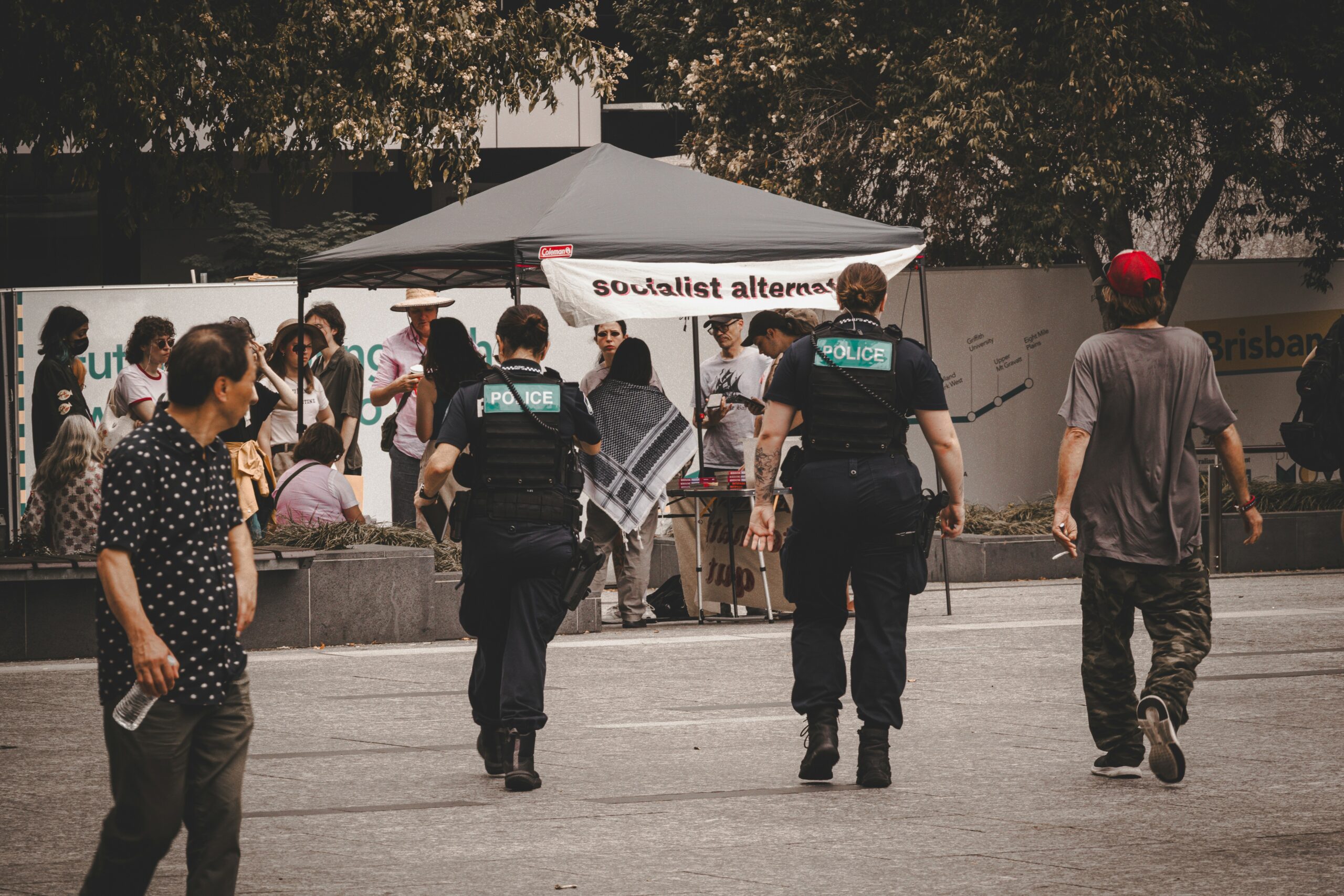
Community policing is more than just a strategy for law enforcement. It’s a philosophy that strengthens the relationship between the police and the community they serve. By involving community members in the policing process, trust can be built, and crime rates can be reduced. This collaborative approach is vital in creating safer neighborhoods, as it shifts the focus from reactive to proactive measures. Understanding the importance of community policing reveals its profound impact on safety and community wellbeing.
Building Trust Between Police and Communities
One of the core principles of community policing is the establishment of trust between the police and the people they serve. Trust is not built overnight, but through consistent and meaningful interactions. When officers regularly engage with community members outside of crisis situations, they break down barriers that often exist due to fear and misunderstanding. These relationships make it easier for residents to report crimes, seek assistance, or voice concerns, knowing their local officers are genuinely interested in their well-being.
Furthermore, trust allows officers to become more familiar with the individuals in their neighborhoods, which leads to better cooperation. People are more likely to assist law enforcement when they have confidence that their efforts will be heard and respected. Over time, this mutual respect contributes to lower levels of crime, as people are more willing to work together toward common goals. As a result, neighborhoods become more resilient against criminal activity.
Promoting Problem-Solving and Preventing Crime
Community policing focuses on problem-solving, which directly addresses the underlying causes of crime. Rather than responding to crimes after they occur, this strategy encourages officers to work with community members to identify potential issues before they escalate. For example, officers might partner with local organizations to address substance abuse, unemployment, or lack of recreational spaces—each of which can contribute to criminal behavior.
By collaborating with local groups, law enforcement can gather valuable insights into what drives criminal activity. This information enables them to develop tailored solutions that target specific community issues. This proactive approach helps prevent crime by addressing the root causes, rather than just addressing the symptoms. As a result, the community feels empowered to work together with police officers, creating a sense of shared responsibility for safety.
Enhancing Public Safety Through Partnerships
Community policing thrives on partnerships between the police and other community institutions. Schools, businesses, local governments, and nonprofit organizations all play a crucial role in ensuring neighborhood safety. For example, school resource officers who work closely with students can help prevent bullying, gang involvement, and substance abuse. These officers build meaningful relationships with young people, helping them navigate challenges before they turn to crime.
Additionally, businesses that engage with law enforcement can help reduce crime by reporting suspicious activity and supporting community safety initiatives. By creating an environment where different sectors of society work together, community policing becomes an integrated system of safety. When the entire community shares the responsibility of keeping the neighborhood safe, the result is a more connected, cohesive, and secure environment for all.
Fostering a Stronger Sense of Community Engagement
Community policing empowers residents to take an active role in maintaining the safety of their neighborhoods. It encourages individuals not only to rely on law enforcement but also to engage with their neighbors and participate in crime prevention efforts. This may include joining neighborhood watch programs, attending community meetings, or simply staying informed about local issues.
When people take ownership of their community’s safety, they become more invested in creating positive change. They begin to work together to address issues that affect them all, from crime to poor infrastructure. A stronger sense of community leads to a more united front against criminal activity, and neighborhoods become more proactive in protecting themselves. As these connections deepen, community members feel more secure in their environment, knowing those around them support them.
Building Safer Neighborhoods for the Future
Ultimately, community policing is not just about preventing crime; it’s about building stronger, more resilient neighborhoods. The safety of a community is tied directly to the relationships formed between its residents and the police. Through trust, cooperation, and active participation, these partnerships create a safer environment for everyone.
In the long term, communities that adopt policing strategies rooted in collaboration and problem-solving are more likely to thrive. As people work together to address challenges, they foster a spirit of collective responsibility and resilience. When individuals and law enforcement unite to address crime and improve the quality of life, the outcome is a lasting impact on the community’s overall safety.
By continuing to prioritize community policing, neighborhoods can become safer, more connected, and better equipped to handle future challenges. The power of this approach lies in its ability to build lasting relationships, address the root causes of crime, and encourage collaborative efforts across all sectors of society. As we look to the future, community policing remains a critical element in the ongoing effort to create secure and thriving neighborhoods for all.